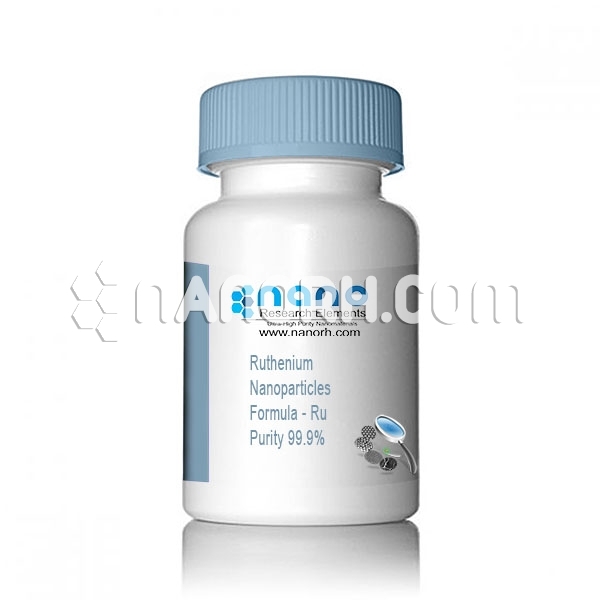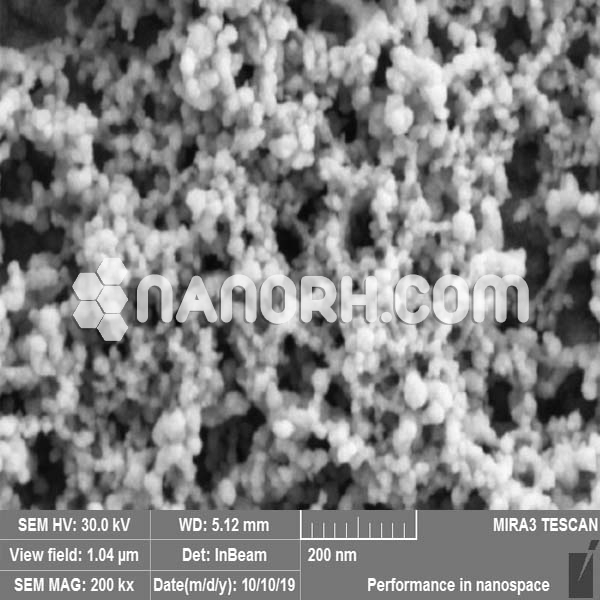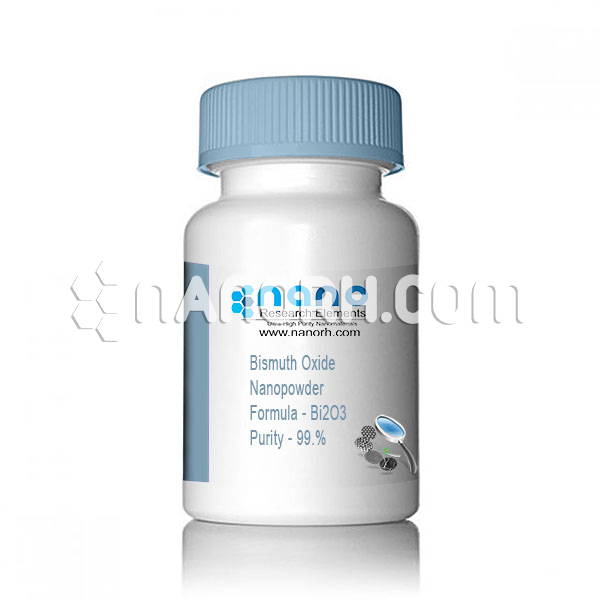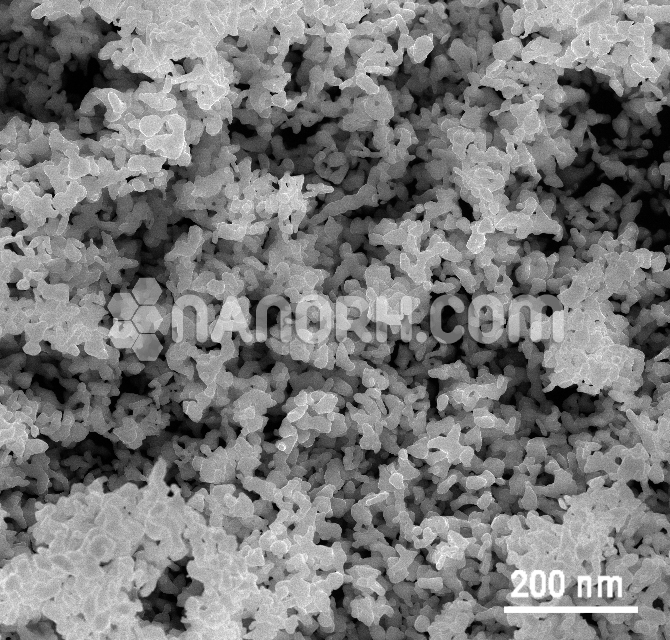| Ruthenium Nanopowder | |
| Product No | NRE-1034 |
| CAS No. | 7440-18-8 |
| Formula | Ru |
| APS | <100nm (Can be Customized) |
| Purity | 99.95% |
| Color | Gray |
| Molecular Weight | 101.07 g/mol |
| Density | 12.45g/cm3 |
| Melting Point | 2334 °C |
| Boiling Point | 4150 °C |
Ruthenium Nanopowder / Nanoparticles
Ruthenium nanoparticles have a wide range of applications across various fields due to their unique properties and versatility. Some of the notable applications of ruthenium nanoparticles include:
Catalysis: Ruthenium nanoparticles are highly effective catalysts in various chemical reactions. They are used in hydrogenation, oxidation, and other catalytic processes in the pharmaceutical, petrochemical, and chemical industries. Their high surface area and unique electronic properties make them excellent catalysts.
Electrocatalysis: Ruthenium nanoparticles are used as electrocatalysts in fuel cells and electrolyzers. They facilitate the conversion of chemical energy into electrical energy and are crucial for the advancement of clean energy technologies.
Biosensors: Ruthenium nanoparticles are used in biosensors to detect and quantify various biomolecules and pathogens. Their high surface area and compatibility with biomolecules make them ideal for applications in medical diagnostics and environmental monitoring.
Medicine: Ruthenium nanoparticles are being explored for their potential in drug delivery systems. They can encapsulate drugs and deliver them to specific targets in the body, improving drug efficacy and reducing side effects.
Photocatalysis: Ruthenium nanoparticles are used in photocatalytic processes, such as water splitting and pollutant degradation. They can harness solar energy to drive chemical reactions, making them important in sustainable energy and environmental applications.
Electronics: Ruthenium nanoparticles can be incorporated into electronic devices, such as resistive random-access memory (ReRAM) and non-volatile memory applications, due to their unique electrical properties.
Magnetics: Ruthenium nanoparticles are used in the development of magnetic materials with enhanced magnetic properties. They find applications in data storage, sensors, and magnetic nanoparticles for medical imaging.
Cancer Therapy: Ruthenium-based compounds and nanoparticles have shown promise in cancer therapy. They can be used in photodynamic therapy and radiation therapy to target and kill cancer cells selectively.
Catalytic Support: Ruthenium nanoparticles are often used as support materials for other catalytic metals, such as platinum and palladium, to enhance their catalytic activity. This is particularly important in the automotive industry for catalytic converters.
Nanotechnology Research: Researchers use ruthenium nanoparticles in various nanotechnology experiments and studies, exploring their properties and potential applications in emerging fields.




